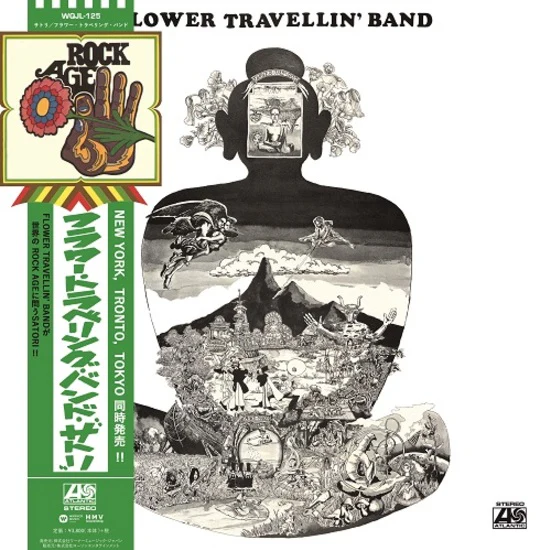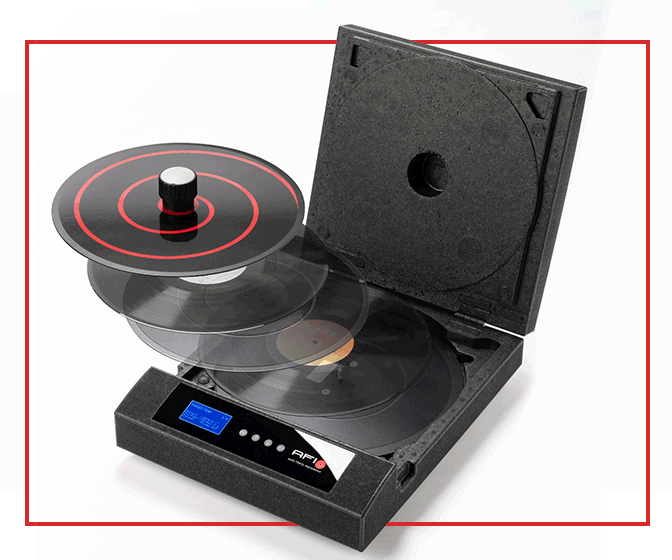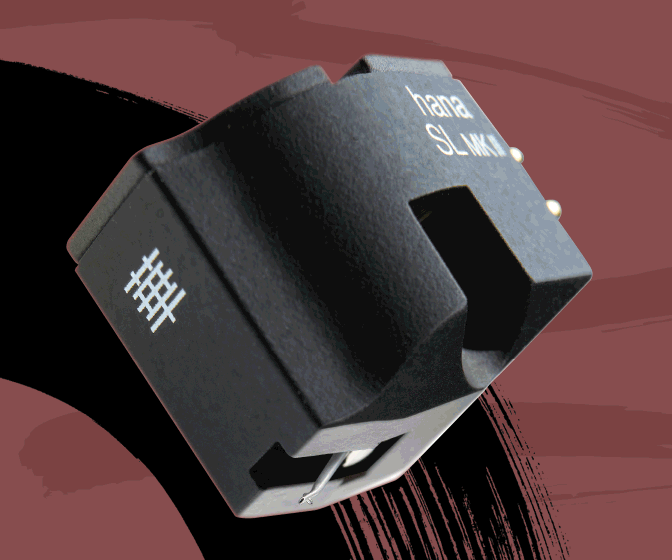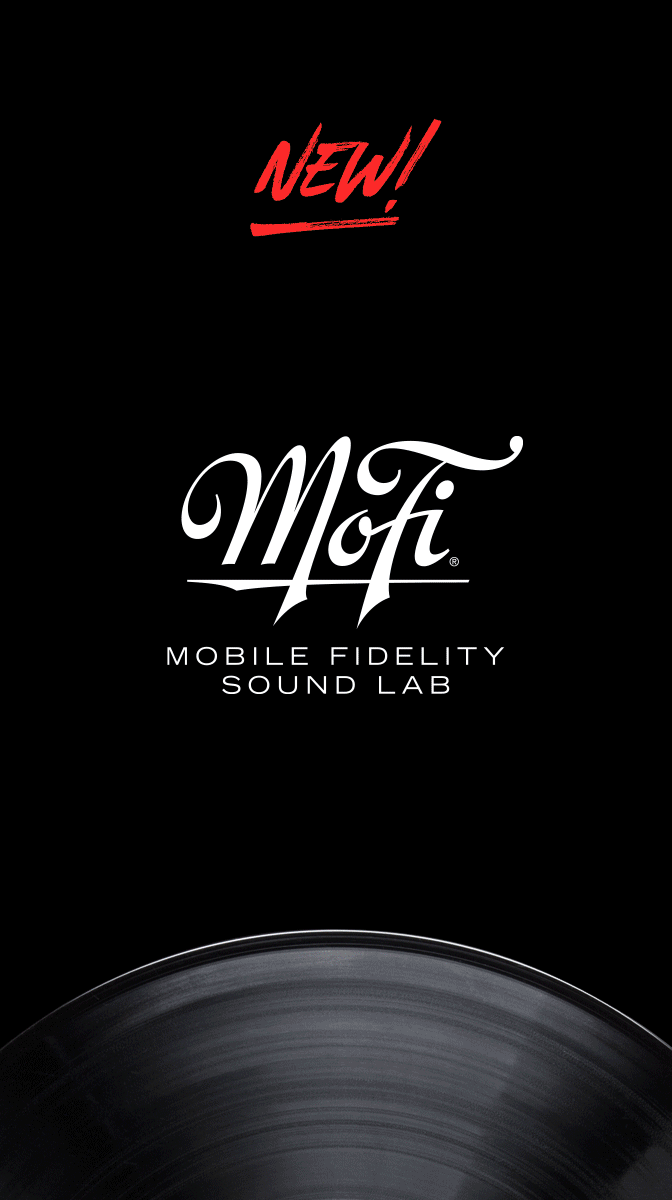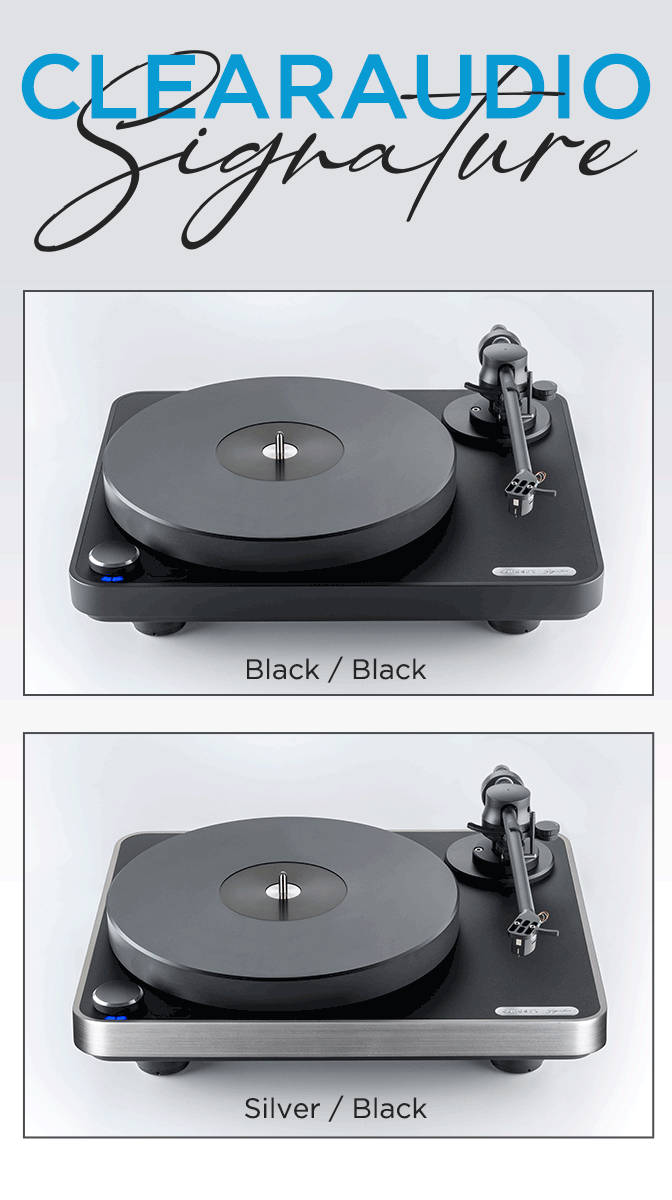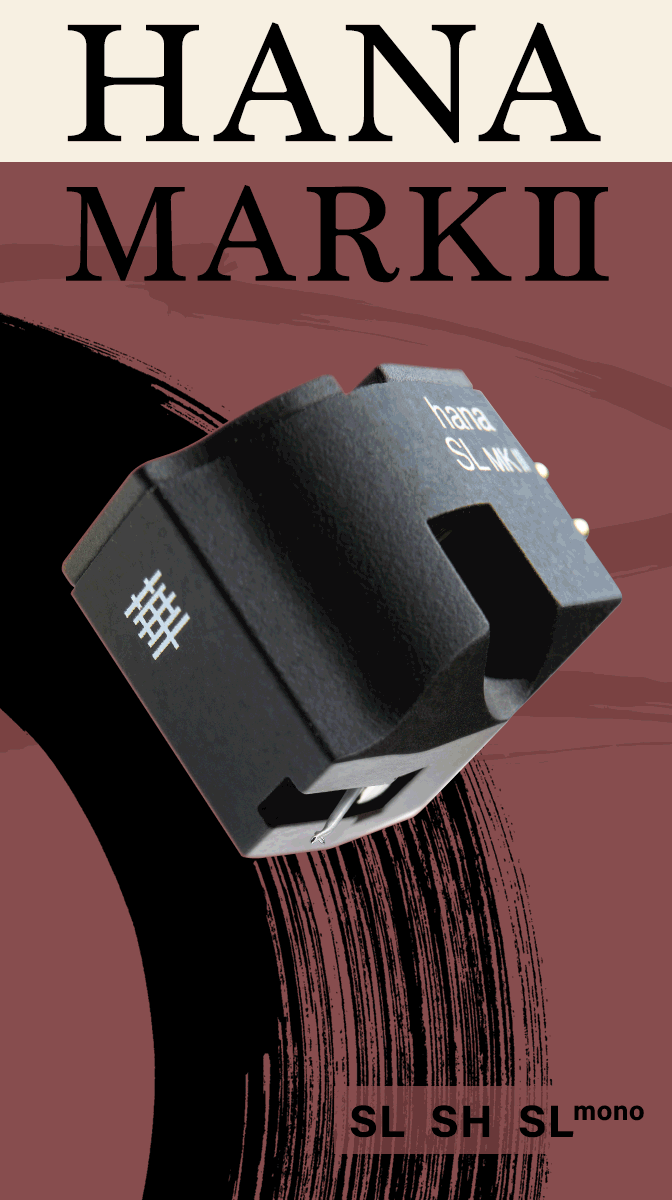A Journey to Satori: 53 Years In The Making
A deep dive on Flower Travellin' Band and their 1971 breakout psych classic
In 2019 Yuya Uchida, the father of rock & roll in Japan, passed away at age 79. Uchida was not an instrumentalist, and he never found fame as a singer, but his fingerprint was on much of the guitar-driven music infecting Japan from the late 1950s through the early 1970s. After a brief career releasing some early Elvis-inspired rock and roll singles at the dawn of the 60s, his passion was reinvigorated when the Beatles came to Tokyo in 1966 to perform five nights at the Budokan. Uchida himself performed as one of the opening acts for these concerts, singing the tune “Welcome Beatles” alongside his frequent musical collaborator Isao Bito. This gig landed him a notable friendship with John Lennon.
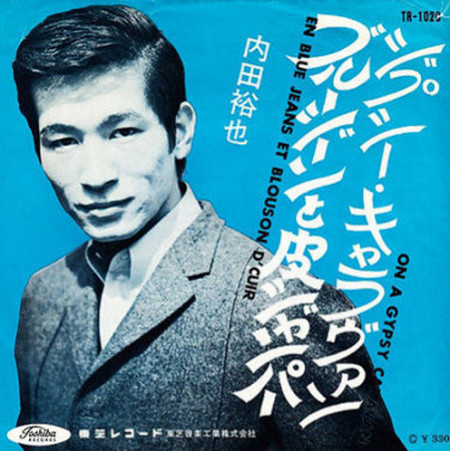 Yuya Uchida on the cover of one of his early 60s rockabilly singles
Yuya Uchida on the cover of one of his early 60s rockabilly singles
Uchida’s fingerprints were all over the electric sounds of 60s Japan. Briefly in 1966 he produced for the up-and-coming Group Sounds band The Tigers, who would go on to be the biggest selling domestic rock act of the late 60s. The term Group Sounds was coined for British invasion-style bands on Japanese TV after joking about how difficult it was for them to pronounce “Rock & Roll”. The Tigers ended up giving Uchida the boot when they signed to Watanabe productions and hooked up with their in-house composer Kouichi Sugiyama (who would later become famous for composing the music to the Dragon Quest franchise). This rejection and disillusion would inspire Uchida to take a self-imposed exile to the UK to visit Lennon and experience swinging London at its peak. His stay proved fruitful. While Japanese rock was getting strangled under the heavy commercialism of the studio system, pumping out identical boy bands playing increasingly identical music, Uchida was 6,000 miles away watching performances from Jimi Hendrix and Cream.
When Uchida returned to Japan in 1968, his goal was to bring the hard rock scene of London crashing down on the stale Beatles and Monkees-inspired, baroque-pop industrial complex. To do this, he recruited the most disillusioned ex-Group Sounds musicians he could find, giving them the excuse they needed to bail out of their increasingly obsolete pop groups. It was through this determination that The Flowers were born. Inspired by female-fronted rock groups like Big Brother and the Holding Company, and Jefferson Airplane, Uchida recruited vocalist Remi Aso to sing alongside himself and male vocalist Hiroshi Chiba. Among the other notable recruits to this first iteration of The Flowers was pedal steel guitarist Katsuhiko Kobayashi whom Uchida met one day playing jazz gigs at his favorite coffee shop (he would later find himself a member of country singer Marty Robbins’ touring band), guitarist Hideki Ishima formerly of The Beavers, and drummer Joji "George" Wada.
The first commercial appearance from The Flowers was 25 minutes of improvised rock madness on the avant-garde album Opera "From The Works Of Tadanori Yokoo" by composer Toshi Ichiyanagi (ex-husband of Yoko Ono). Rock writer Julian Cope pontificates about this recording session in his excellent book Japrocksampler: How the Post-War Japanese Blew Their Minds on Rock ‘N’ Roll (essential reading for anyone interested in this period of Japanese music). He writes:
Late October ‘68 with Yuya Uchida and Toshi Ichiyanagi sitting at the mixing console of Tokyo's enormous NHK radio studio, the Flowers’ five instrumentalists summoned up their courage with black coffee and Suntory whiskey. Ahead of them lay a full half hour of emptiness, the time which NHK studio engineer had made available to them by setting the great Toshiba 16 track tape machine to half speed with the machine running at 15 inches per second rather than at the regular 30 IPS the flowers could now immerse themselves in the past 10,000 years of freak out as composer Ichiyanagi had termed it. And so they began, cagily at first, each awaiting the others moves. A few rudimentary rifts had been superstitiously worked upon in secrecy, for neither Uchida, nor Ichiyanagi could be allowed to find out, everything supposedly having to well up directly from the Ur-spring of the right now. Bang, splash, crash, a few oozing bluesy bottleneck riffs from rhythm guitarist Susumu Oku, a suppressed and distant buzzing from Ishima's overloaded Les Paul… then the track began in earnest, the five crouched over their instruments determined to summon up all of this spirit and experience that had scored them the gig in the 1st place inevitably the pedal steel guitar of Katsuhiko Kobayashi dominated the proceedings, his stratospheric tones hanging over the rest of the ensemble like a restless ghost observing its own funeral.
This free-jam monstrosity (often given the title “I’m Dead”) is certainly worth tracking down and listening to, although good luck getting it on vinyl, as the only existing official issue is the original 1969 picture disc (TY-1001-1002) which commands hundreds of dollars. It's ripe for reissue (are you listening Mesh-Key Records???), although this track has commanded such a loyal psych following that it has since shown up on numerous cult bootleg samplers.
Uchida and the Flowers released a handful of original singles and one full-length album of western blues covers titled Challenge!, featuring the band members posed nude in a corn field. Challenge! Is a great rock record that proves the members can really jam, but the covers don’t stray terribly far from their source material of Cream and Hendrix. Notably, throughout the Flowers’ releases, most of their lyrics are sung in English, as was the norm at this time. Rock & roll was still considered a western exotic import, and the more English it was, the more authentically Rock it was seen as. This would eventually change as a new breed of Japanese language folk-rock would emerge in the early 70s from the likes of Happy End and similar bands. Uchida however, was firmly of the belief that to truly embody rock and roll, and gain global appeal, the lyrics have to be centered in English.
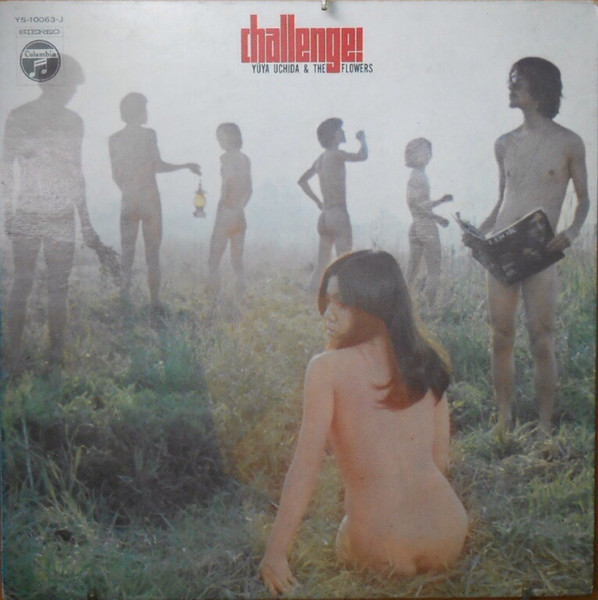 The cover of Challenge! by Yuya Uchida & The Flowers
The cover of Challenge! by Yuya Uchida & The Flowers
The Flowers weren’t the breakout sensation Uchida hoped for, and despite their powerful live chops, they didn’t end up translating that prowess to writing and recording. Uchida was also frustrated that the band was being booked alongside the same Group Sounds acts he was desperate to break away from. In January 1970 the group was performing at a show entitled Rock 'N' Roll Jam '70 alongside other 60s Group Sounds acts, to be recorded by Toshiba for a live double LP released later that year (EP-7744~5). But for this concert, Uchida invited a young half-Japanese singer to share the stage with the Flowers for one tune. A skinny young hippie with a large afro named Joe Yamanaka.
Just prior to this concert, the Japanese rock music scene had been turned on its head overnight. You see, as Group Sounds bands were dying off into the sunset, many of the musicians looking for a way out and steady employment found themselves auditioning for the brand new Japanese production of the musical Hair. Everyone that was somebody in Japanese underground music wanted to be a part of this stage play that was hiring such musicians as Apryl Fool organist Hiro Yanagida, and departed Tigers guitarist Katsumi Kahashi. Another ex-Group Sounds musician in the fray of this hippie musical was singer Joe Yamanaka, formerly of the GS band 491. Born to an African-American father and Japanese mother, Yamanaka started off wearing the matching suits of the Group Sounds scene, and cutting his hair short to fit in with the mop-tops that he was unable to grow. But by the time he landed into the Japanese production of Hair, he had traded in his 3-button suits for denim, and allowed his natural hair to grow into a full afro. This is where Yuya Uchida first met the young singer, who's blues band Mystic Morning featured The Flowers' own Hideki Ishima.
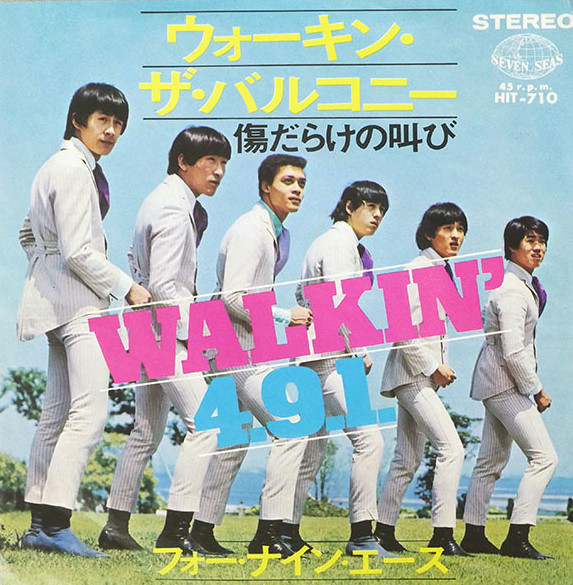 Joe Yamanaka from his days in 491
Joe Yamanaka from his days in 491
The many rock and jazz musicians in the cast of Hair had been anticipating a solid two years of work from their gig. And things were looking up, the musical got rave reviews when it opened in November of 1969. But just two months later the same artists were once again out on the street, as the musical was shut down by the Japanese authorities in a now-infamous marijuana bust!
This unexpected turn of events in 1970, coupled with the departure of pedal steel guitarist Katsuhiko Kobayashi for the United States, gave Uchida the idea to completely destroy, and then rebuild his band from the ground up. This time he would step away from performing and exclusively produce. He wanted to do away with the thick instrumentation of The Flowers, and instead he was going to make a stripped-down hard rock band with just drums, bass, one guitarist, and vocals. The only member of the Flowers to remain on was Ishima on guitar and Joji Wanada on drums, after a fellow producer convinced him that good drummers were hard to come by.
Along with those two, Uchida brought on his new friend from Mystic Morning, Joe Yamanaka. He then struck a deal with Philips records who provided the group with their final member, a bass player from a little known GS band called Taxman by the name of Jun Kosuki. In the spring of 1970, The Flowers were dead, and the Flower Travellin’ Band was born.
Eager to come out early into the hard rock arms race, Uchida pushed the newly formed group into the studio right away. The result was the 1970 debut album Anywhere. Anywhere was very similar to Challenge! In a number of respects. For one, it was entirely made up of covers, and also, it too featured a very hippie-esq cover of the band members nude, this time riding motorcycles. But, the differences musically are hard to ignore. First off, the choice of covers is ground breaking and forward thinking, featuring tunes so new many in Japan hadn’t even heard them yet. We’re talking about songs by Black Sabbath and King Crimson, while also featuring heavily improvised reworkings of Muddy Waters and Animals numbers. Further, the sound of this LP was far more focused, energetic, and forward driving than its predecessor. Uchida made drummer Wanada completely rework his jazz-infused playing, turning him into a driving heavy metal drummer. Uchida was right to want a more stripped down and bare sound, and Anywhere delivers on his vision.
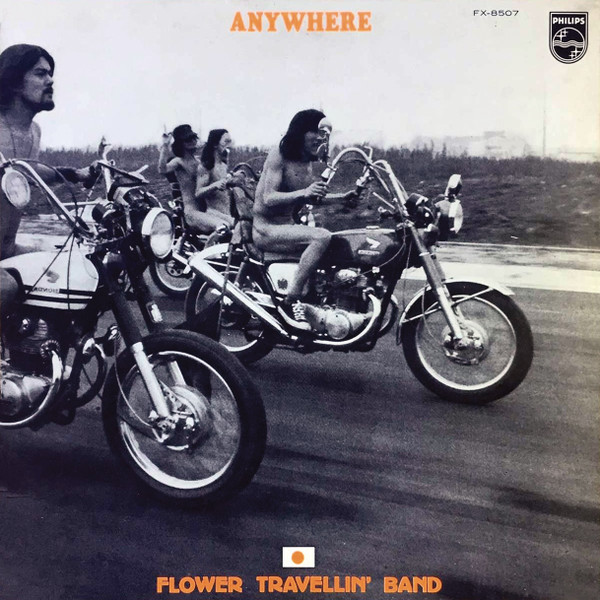
With Anywhere, and a relentless touring presence, Flower Travellin’ Band were making waves across Japan, but Uchida had far bigger designs for the group. It was around this time that Uchida’s longtime friend and record executive Ikuzo Orita a was leaving Polydor records to head the Japanese division of Atlantic, and he wanted to make Flower Travellin’ Band his first signing. Orita and Uchida also planned to take the group international, something the band had wanted since meeting the Canadian rock group Lighthouse that year at the Osaka World Expo.
Satori, the groups second LP, named after the Japanese Buddhist term for awakening, was recorded in late 1970, just before the band would relocate to Canada to support Lighthouse on their upcoming North American tour. Orita would secure international release of singles from the album (if you can call them singles), which resulted in Satori getting radio attention across North American and the UK.
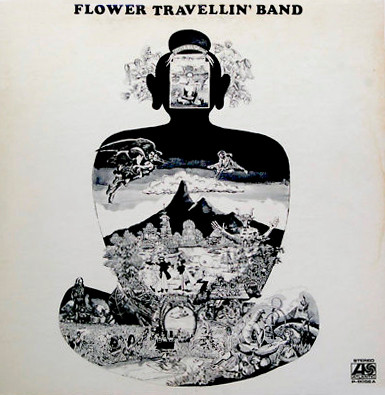 The original 1971 Atlantic cover for Satori
The original 1971 Atlantic cover for Satori
Musically, this album is like nothing like anything the musicians involved had created before. First off, there are no song titles, the album is one long suite called Satori broken up into parts 1-5. Guitarist Hideki Ishima had become infatuated by Indian music at this point, and tried his best to make his electric guitar sound like a sitar. Years later he would create his own instrument he called the "Sitarla", a fusion of a sitar and electric guitar. George Wada’s stripped-down drum rhythms are menacing and give the band a groove they never before had. Further Joe Yamanaka no longer is singing songs, but using his soaring three-octave voice (and occasional harmonica playing) as an instrument. Lyrics (which are once again in English) are few and far between, and on this album the guitar is the real star of the show. Often when Joe does take a prominent lead in the melody, he is vocalizing without words, such as on the haunting pentatonics of Satori Part 5.
Satori is a fierce piece of progressive proto-metal, one that fits right in with the burgeoning landscape of Sabbath, Blue Cheer, and Led Zeppelin. Ishida has stated in an interview that he improvised most of the riffs found across the five parts of this suite, with the band filling in around him. While the instrumentation and playing style take much from British and American heavy metal, it is Ishima’s fascination with south Asian music that gives Satori its unique flavor, and why its melodies stick out in my mind whenever I see the distinctive album cover by artist Shinobu Ishimaru depicting a populated landscape within the frame of a Buddha silhouette.
Satori has been out of print on vinyl since 1974, a travesty that became more apparent the greater the cult status of this album grew throughout the turn of the century. The more everyone waited for an official release, the more numerous the bootlegs both in full and in compilation form, became. My first copy of this album came from my local record store in the form of a bootleg by Phoenix Records. The sound quality was not impressive, but the original gatefold interior artwork which is not to be missed, was replicated rather well, something the later Japanese repressings left out.
Eventually around 2017 I was able to track down a 3rd pressing from 1974, pressed from the same metal parts as the original. That record sounded fantastic, but lacked the gatefold jacket design and gorgeous interior artwork of the original. During Covid I finally got my hands on a 1st edition, and while it didn’t sound any better than the 3rd press, having the original jacket design as the band (or rather Yuya Uchida) intended was a point of personal pride, even if it was an expensive endeavor.
Fortunately for those not into paying exorbitant amounts of money for imported psych rock records, Warner Music Japan blessed us this past year with a new official vinyl reissue of this classic. This new Japanese release, pressed on white vinyl assumably at Toyokasei (I couldn’t find any identifying markings), but cut at Warner Japan by Takuya Kato and Katsutoshi Kitamura from 96/24 files. These files come from a 2017 high resolution scan and remaster of the album Warner released digitally and on MQA CD (at a lower resolution) a few years ago.
For the purposes of science, I listened to both my original copy and this new white vinyl reissue back to back a few times, and I’m relieved to say that the new remaster is uniformly excellent, and if you’ve been waiting for the right time to own this album on vinyl, now is your chance. Obviously, a digitization of a 50 year-old tape is not going to sound exactly like a cutting done fresh in 1971, and it doesn’t. The original is more open, with greater upper end extension and dynamic range. Ishima’s guitar cuts in an incisive way on the original just doesn’t sound quite the same on any other version I’ve heard, this reissue included. Also on the reissue some of the cymbals sound a bit “washed out”, perhaps due to tape damage, or possibly filters used to reduce noise.
But the reissue gets some other things correct, including better definition of the kick drum and electric bass when the band rockets away at full tilt. There is also lots of tape hiss on the original Atlantic pressing which takes away from some of the startling moments throughout the suite, moments that have greater effect on the new release. All-in-all, not a bad deal for around $40. The inclusion of the original gatefold artwork is a plus as well, but I will gripe about the scan quality destroying the colors, very apparent if you compare the artwork side-by-side.
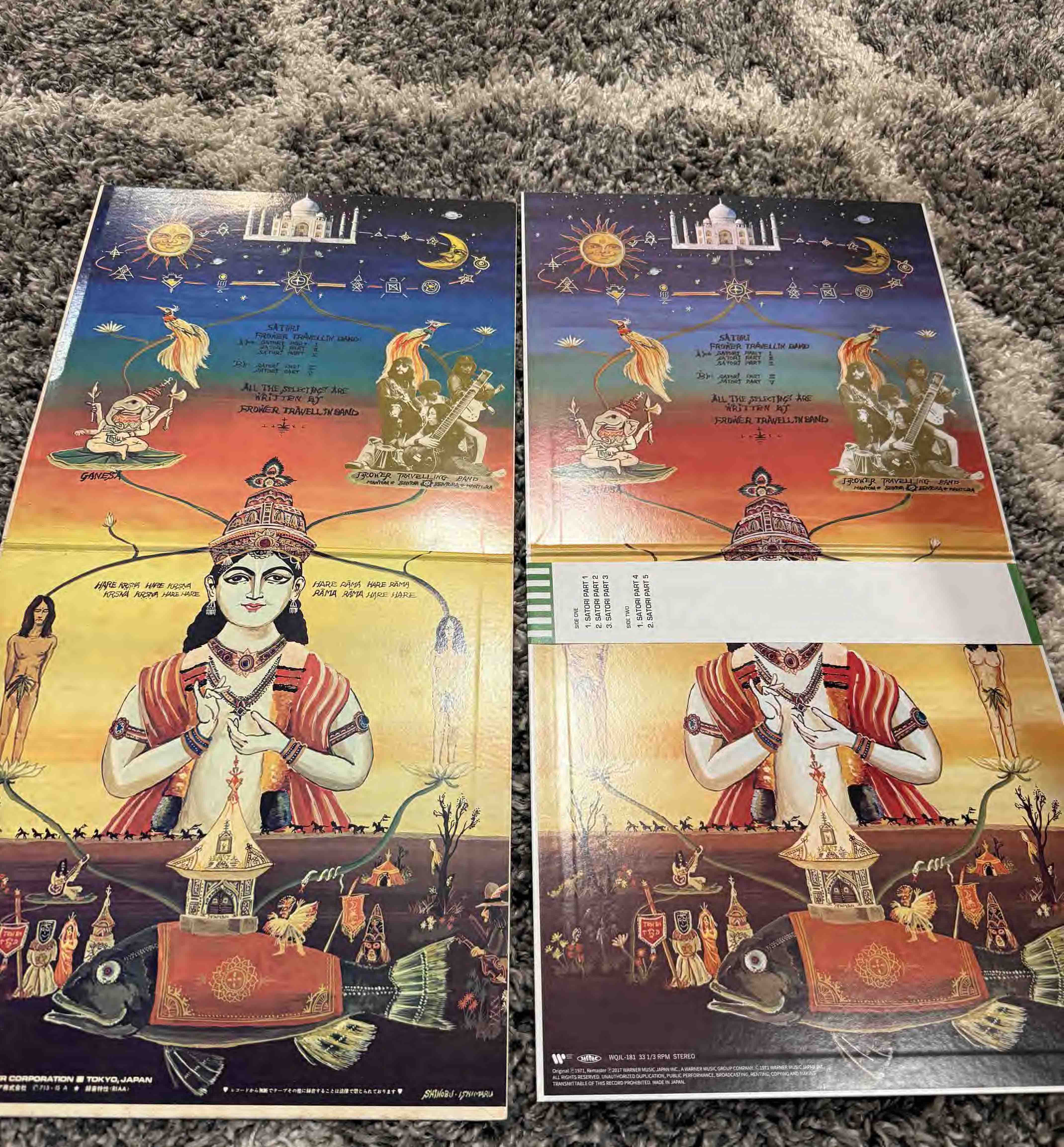 The color difference between my original gatefold and the new Warner reissue
The color difference between my original gatefold and the new Warner reissue
Flower Travellin’ Band released two more full length LPs before their breakup in 1973, quite the run for a band around only three years. But none of them hit quite like Satori, which has gone on to be a cult favorite among underground rock and metal aficionados, even being covered by the likes of Les Claypool and sampled by Cypress Hill! If you’ve been curious about this strange prog-rock album from overseas, hopefully this reissue can tempt you, because I believe it’s an essential LP in the library of any self-respecting collector. These Japanese domestic reissues don’t always stick around long, so my advice is not to wait.




